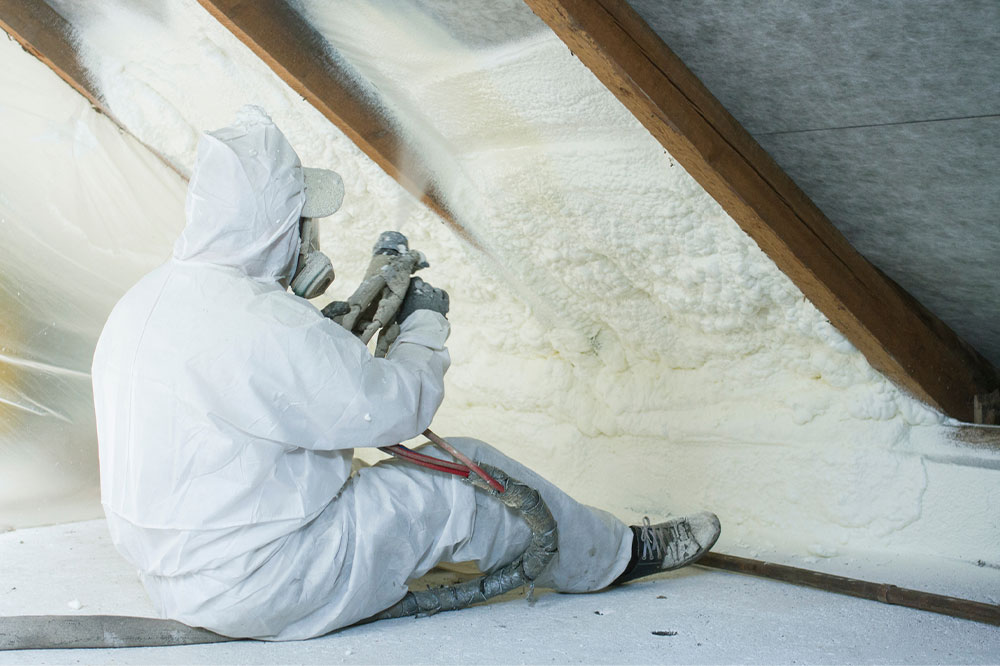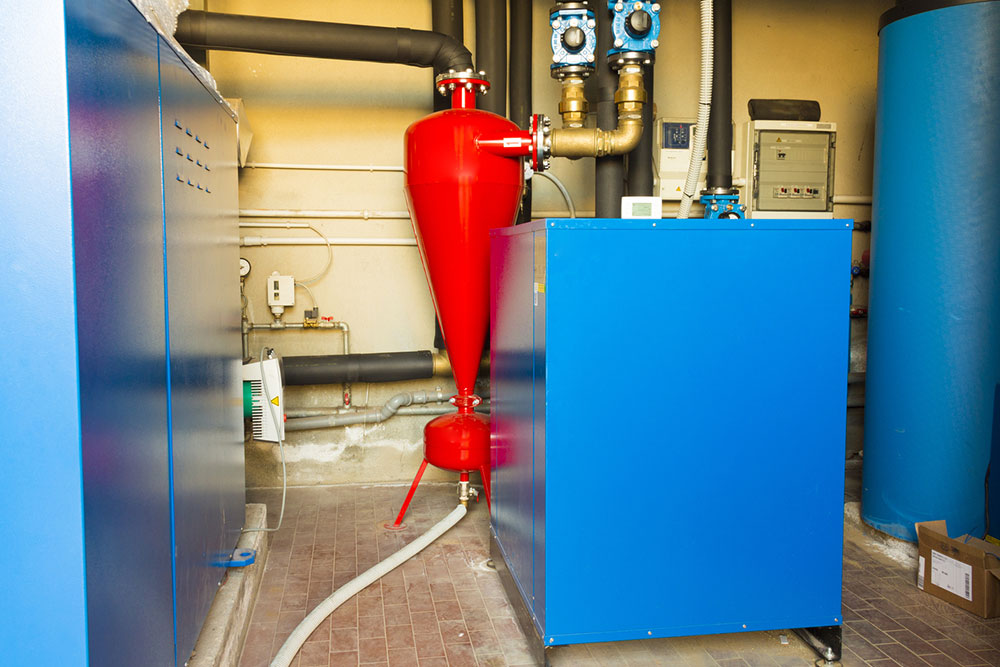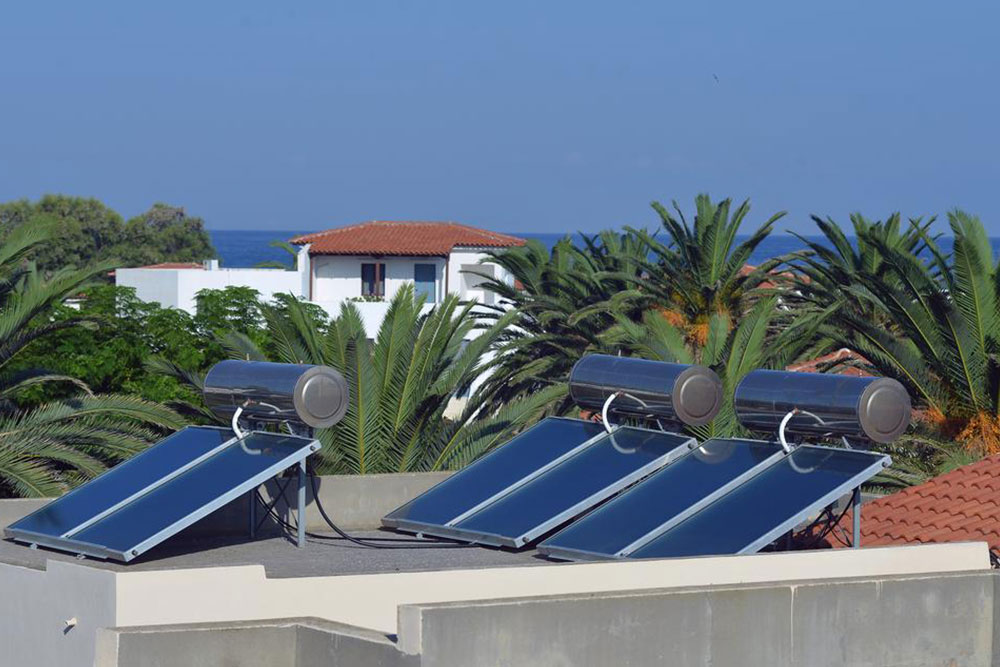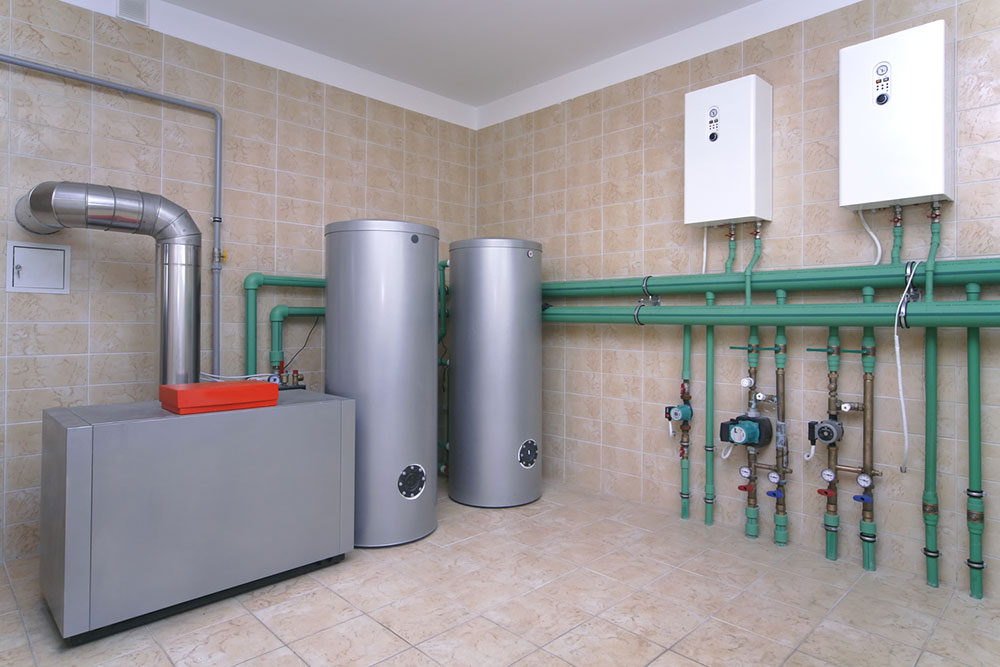Comprehensive Guide to Attic Insulation: Types, Advantages, Costs, and Selection Tips
This comprehensive guide explores different attic insulation types, their benefits, costs, and tips for selecting a professional contractor. It emphasizes eco-friendly options, affordability, and efficient installation methods to help homeowners make informed choices for energy savings and comfort.
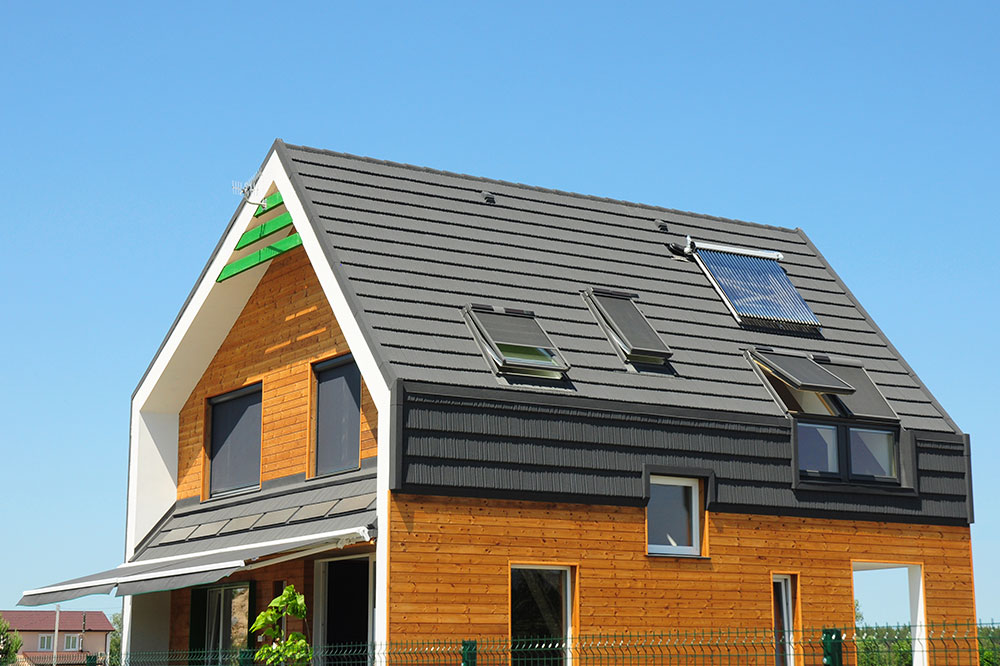
Comprehensive Guide to Attic Insulation: Types, Advantages, Costs, and Selection Tips
Proper attic insulation is essential for maintaining comfortable indoor temperatures year-round. It also helps reduce energy expenses by easing the load on heating and cooling systems. However, many homeowners have questions about the best insulation options, costs, and choosing the right contractor. This guide provides detailed information to help you make informed decisions.
Types and Benefits of Attic Insulation
There are four commonly used types of attic insulation. Understanding their features can guide you in selecting the most suitable for your home.
Fiberglass Batts Insulation
Fiberglass consists of tiny glass fibers made from sand and recycled materials. These fibers are formed into large rolls or batts, treated with an adhesive vapor. Using fiberglass batts for attic insulation offers several advantages.
The added chemicals enhance fire resistance and safety.
Since it’s made from recycled components and sand, fiberglass is an eco-friendly insulation option, considered renewable.
Durable and resistant to shrinking or collapsing, fiberglass batts also help dampen outdoor noise and prevent sound escape from your home.
Blown-in Fiberglass Insulation
This insulation is similar to fiberglass batts but is installed using a blower machine that evenly distributes it across the attic space.
The installation process is quick, often completed within hours, unlike the days sometimes needed for batts.
Many homeowners prefer blown-in fiberglass due to its affordability and efficient coverage. It requires less manual labor, keeping installation costs lower.
Because it’s blown in, the material fills gaps thoroughly, improving insulation effectiveness.
Cellulose Insulation
Made from recycled paper products, including newspapers and cardboard, cellulose insulation is blown into attics to fill spaces and prevent heat loss.
It’s an eco-conscious choice, utilizing recycled materials without requiring new resource extraction.
Treatment with boric acid increases fire resistance and deters pests.
Cellulose often has a higher R-value than fiberglass, meaning better resistance to heat transfer, and can reduce drafts caused by wind-washing.
Spray Foam Insulation
Spray foam is a liquid that expands into a solid, foam-like insulation once applied. It offers excellent sealing properties, filling gaps and cracks efficiently.
It provides superior insulation with a high R-value and is effective at preventing air leakage. It’s also free of vapor barriers, adding to its versatility.
Spray foam's durability and sealing capability make it a popular choice for energy-efficient homes.
Attic Insulation Costs The expense of insulating an attic varies based on factors like material choice, project size, and labor. On average, costs range from $1 to $7 per square foot, with total expenses between $1,500 and $4,000. Smaller upgrades might be around $500, while extensive projects can exceed $4,000. Hiring professionals usually costs about $0 to $3 per square foot, depending on the insulation type and complexity.
Tips for Choosing a Contractor To find reliable insulation services, consider checking reviews left by past clients and verifying licenses or certifications. Getting a detailed written estimate before work begins is essential. Don’t hesitate to ask questions about the installation process, materials used, and how issues will be handled if they arise. Good communication and transparency are key to a successful project.

